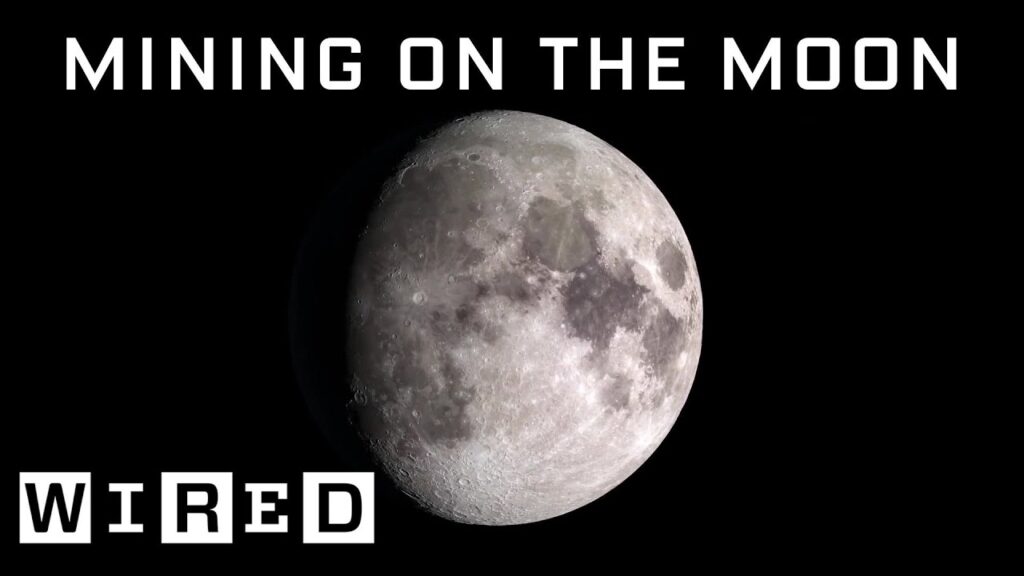Adapting Spider-Man: A Look at His Evolution On-Screen
Summary
This article delves into the evolution of Spider-Man on-screen, exploring his various adaptations in television and film. We discuss different portrayals of Peter Parker as Spider-Man, his villains, and how the character has remained relevant despite decades of adaptations.
Table of Contents
- The Evolution of Spider-Man in Film and TV
- Analysis of Sam Raimi’s Trilogy
- Andrew Garfield as Spider-Man
- Tom Holland’s Portrayal
- Miles Morales and the Importance of Representation
- Conclusion
Introduction
Spider-Man is one of the most beloved superheroes in pop culture, and has been adapted into various cartoons, series and movies since his debut in the 1960s. The character’s enduring appeal lies in his relatability, as he battles everyday problems in addition to his heroic feats. In this article, we explore Spider-Man’s various adaptations and their impact on pop culture.
Q&A
The Evolution of Spider-Man in Film and TV
Q: Can you discuss the various adaptations of Spider-Man in television?
A: Spider-Man has been adapted into various television shows since his first appearance in the 1960s animated series. The character’s popularity led to adaptations in the 1990s, 2000s, and 2010s. His most popular adaptations include the 1994 series Spider-Man: The Animated Series, and the more recent Ultimate Spider-Man and Spectacular Spider-Man series.
Analysis of Sam Raimi’s Trilogy
Q: What were your thoughts on Sam Raimi’s Spider-Man trilogy?
A: I found the Sam Raimi trilogy to be a mixed bag. While the second movie was a standout with a thrilling performance from Alfred Molina as Doc Oc, the first and third movies felt lacking in comparison. Additionally, the use of masks in those movies often obscured the actors’ faces, making it difficult to connect with them emotionally.
Andrew Garfield as Spider-Man
Q: How did you feel about Andrew Garfield’s portrayal of Spider-Man?
A: Andrew Garfield’s portrayal of Spider-Man was enjoyable, but his portrayal of Peter Parker was often criticized for being too cool for school. The second movie was also widely panned, including Jamie Foxx’s portrayal of Electro.
Tom Holland’s Portrayal
Q: What were your thoughts on Tom Holland’s portrayal of Spider-Man in Captain America: Civil War and Spider-Man: Homecoming?
A: Tom Holland’s version of Spider-Man was a breath of fresh air in the Marvel Cinematic Universe. He played the character convincingly as a young high school student, complete with a Queens accent. Spider-Man Homecoming was praised for skipping over the origin story and focusing on the character’s anonymity in costume, which serves as a stark contrast to characters like Superman and Batman.
Miles Morales and the Importance of Representation
Q: How do you feel about the representation of Miles Morales in Spider-Man: Into the Spider-Verse?
A: Miles Morales is an important character because he represents a diverse view of Spider-Man. As an African-American and Hispanic teenager who becomes Spider-Man, readers of all backgrounds can see themselves in him. Additionally, Spider-Verse as a whole represents how the universes of different media can collude and interact into one cohesive story, even if they change aspects of the character’s backstory.
Conclusion
Spider-Man remains a beloved character because of his relatability and ability to overcome obstacles in his daily life. Despite many adaptations, the character continues to entertain and inspire audiences. As Miles Morales shows, having representation in superhero media is essential to engage young viewers and enable minorities to see themselves as heroes.







